Shedding light on the origin of complex life forms
Researchers cultivate "missing link" microorganism
How did the complex organisms on Earth arise? This is one of the big open questions in biology. A collaboration between the working groups of Christa Schleper at the University of Vienna and Martin Pilhofer at ETH Zurich has come a step closer to the answer. The researchers succeeded in cultivating a special archaeon and characterizing it more precisely using microscopic methods. This member of the Asgard archaea exhibits unique cellular characteristics and may represent an evolutionary "missing link" to more complex life forms such as animals and plants. The study was published in the journal "Nature".
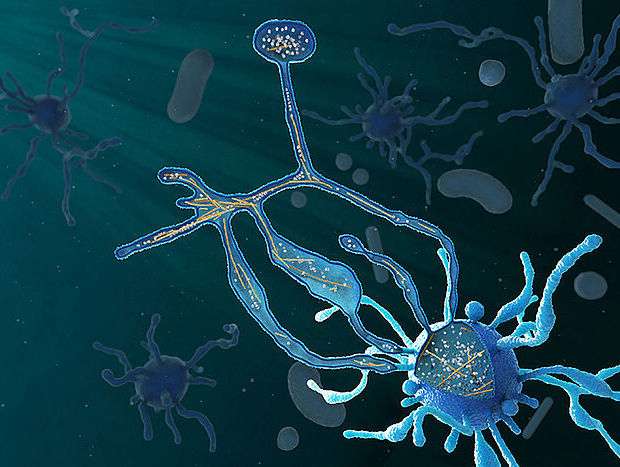
Cryo-electron tomography provided insight into the cellular structure of a newly cultured Asgard archaeon illustrated here. Remarkable are the extensive actin cytoskeleton filaments (orange) in the cell bodies and cell protrusions, as well as the unique cell envelope (blue).
© Margot Riggi, The Animation Lab, University of Utah
All life forms on earth are divided into three major domains: eukaryotes, bacteria and archaea. Eukaryotes include the groups of animals, plants and fungi. Their cells are usually much larger and, at first glance, more complex than the cells of bacteria and archaea. The genetic material of eukaryotes, for example, is packaged in a cell nucleus and the cells also have a large number of other compartments. Cell shape and transport within the eukaryotic cell are also based on an extensive cytoskeleton. But how did the evolutionary leap to such complex eukaryotic cells come about?
Most current models assume that archaea and bacteria played a central role in the evolution of eukaryotes. A eukaryotic primordial cell is believed to have evolved from a close symbiosis between archaea and bacteria about two billion years ago. In 2015, genomic studies of deep-sea environmental samples discovered the group of the so-called "Asgard archaea", which in the tree of life represent the closest relatives of eukaryotes. The first images of Asgard cells were published in 2020 from enrichment cultures by a Japanese group.
Asgard archaea cultivated from marine sediments
Christa Schleper's working group at the University of Vienna has now succeeded for the first time in cultivating a representative of this group in higher concentrations. It comes from marine sediments on the coast of Piran, Slovenia, but is also an inhabitant of Vienna, for example in the bank sediments of the Danube. Because of its growth to high cell densities, this representative can be studied particularly well. "It was very tricky and laborious to obtain this extremely sensitive organism in a stable culture in the laboratory," reports Thiago Rodrigues-Oliveira, postdoc in the Archaea working group at the University of Vienna and one of the first authors of the study.
Asgard archaea have a complex cell shape with an extensive cytoskeleton
The remarkable success of the Viennese group to cultivate a highly enriched Asgard representative finally allowed a more detailed examination of the cells by microscopy. The ETH researchers in Martin Pilhofer's group used a modern cryo-electron microscope to take pictures of shock-frozen cells. "This method enables a three-dimensional insight into the internal cellular structures," explains Pilhofer. "The cells consist of round cell bodies with thin, sometimes very long cell extensions. These tentacle-like structures sometimes even seem to connect different cell bodies with each other," says Florian Wollweber, who spent months tracking down the cells under the microscope. The cells also contain an extensive network of actin filaments thought to be unique to eukaryotic cells. This suggests that extensive cytoskeletal structures arose in archaea before the appearance of the first eukaryotes and fuels evolutionary theories around this important and spectacular event in the history of life.
Future insights through the new model organism
"Our new organism, called 'Lokiarchaeum ossiferum', has great potential to provide further groundbreaking insights into the early evolution of eukaryotes," comments microbiologist Christa Schleper. "It has taken six long years to obtain a stable and highly enriched culture, but now we can use this experience to perform many biochemical studies and to cultivate other Asgard archaea as well." In addition, the scientists can now use the new imaging methods developed at ETH to investigate, for example, the close interactions between Asgard archaea and their bacterial partners. Basic cell biological processes such as cell division can also be studied in the future in order to shed light on the evolutionary origin of these mechanisms in eukaryotes.
Original publication
Other news from the department science

Get the analytics and lab tech industry in your inbox
By submitting this form you agree that LUMITOS AG will send you the newsletter(s) selected above by email. Your data will not be passed on to third parties. Your data will be stored and processed in accordance with our data protection regulations. LUMITOS may contact you by email for the purpose of advertising or market and opinion surveys. You can revoke your consent at any time without giving reasons to LUMITOS AG, Ernst-Augustin-Str. 2, 12489 Berlin, Germany or by e-mail at revoke@lumitos.com with effect for the future. In addition, each email contains a link to unsubscribe from the corresponding newsletter.
Most read news
More news from our other portals
Last viewed contents
Materials research advances reliability of faster 'smart sensors'
NSF funds state's first imaging system for UAB microscale research lab
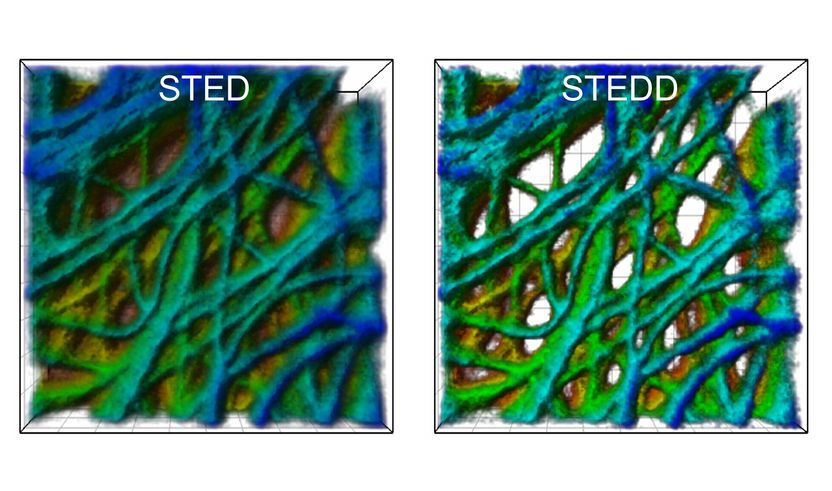
Background suppression for super-resolution light microscopy
GATC acquires SOLiD DNA Sequencer from Applied Biosystems
‘Two in a row’ as Malvern Instruments wins Queen’s Award for second year in succession
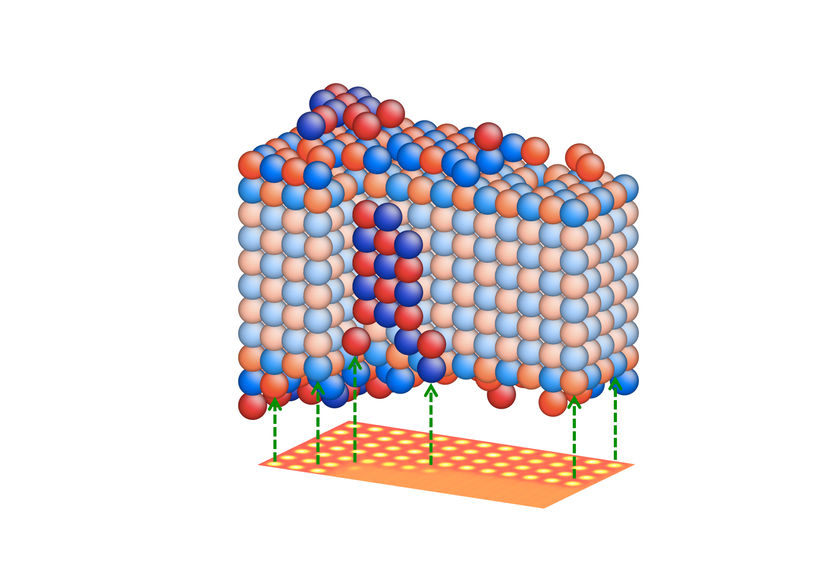
A Breakthrough in Electron Microscopy - Scientists reconstruct third dimension from a single image
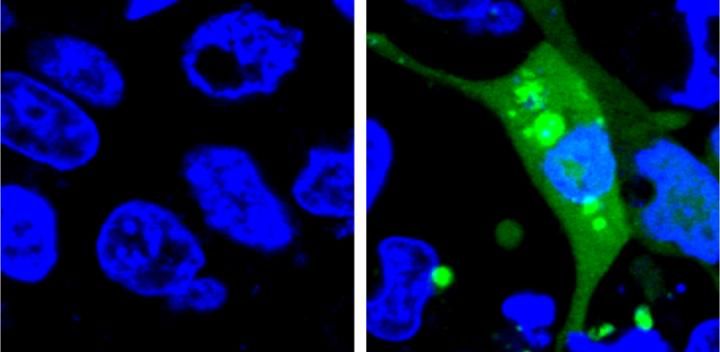
New, more sensitive sensor for evaluating drug safety
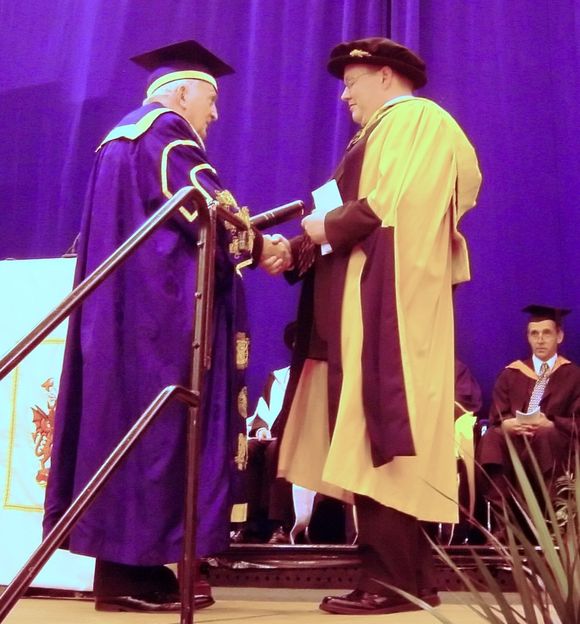
Malvern Instruments executive honoured for contribution to science and innovation
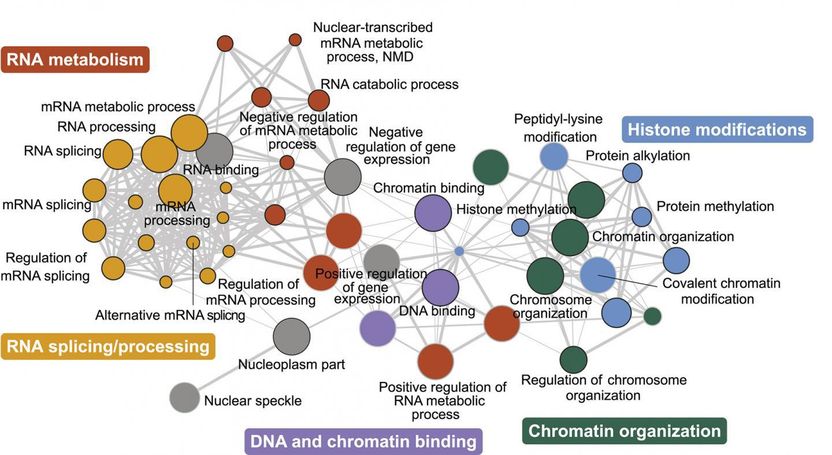
Unraveling a genetic network linked to autism
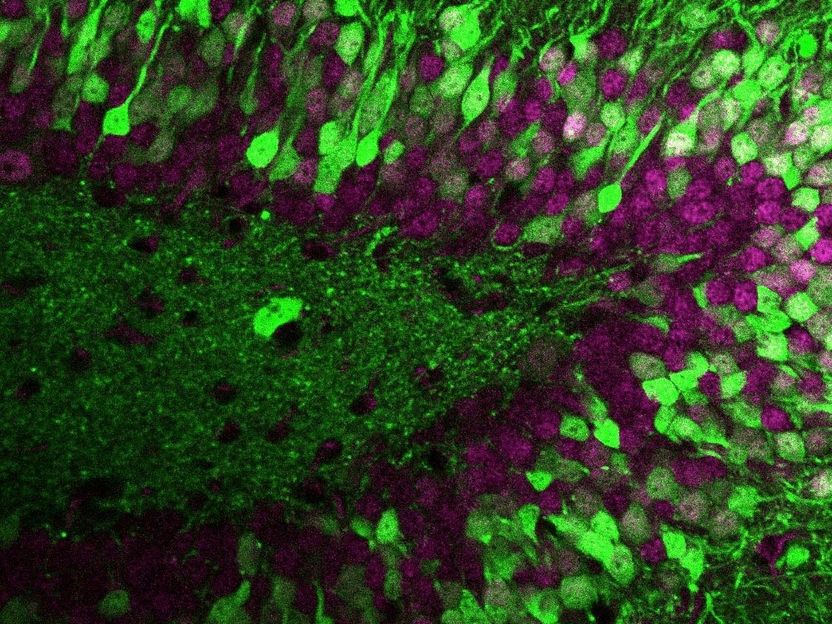
Unique fingerprint: What makes nerve cells unmistakable?
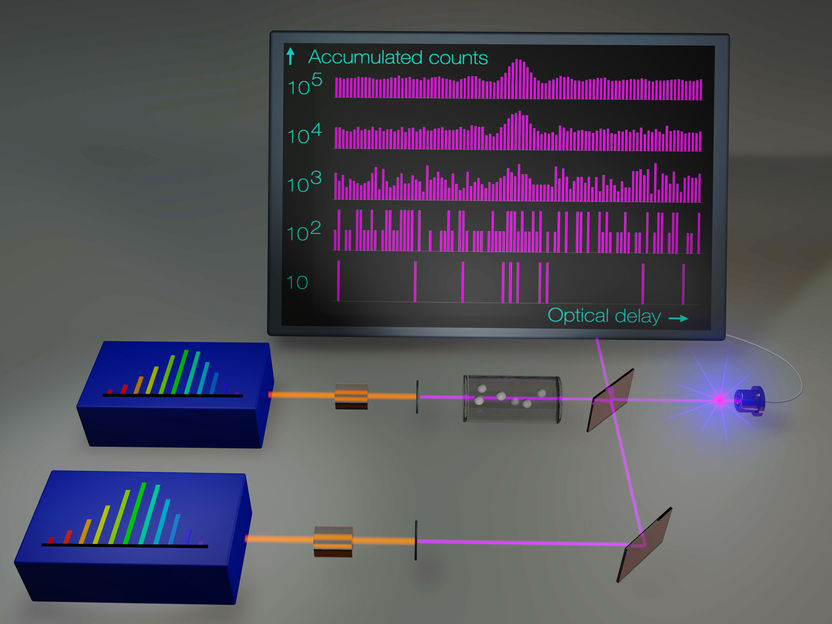
Optical Frequency Combs Make Ultraviolet Spectroscopy More Sensitive and More Precise - The development promises advances in several scientific and technological fields



















































